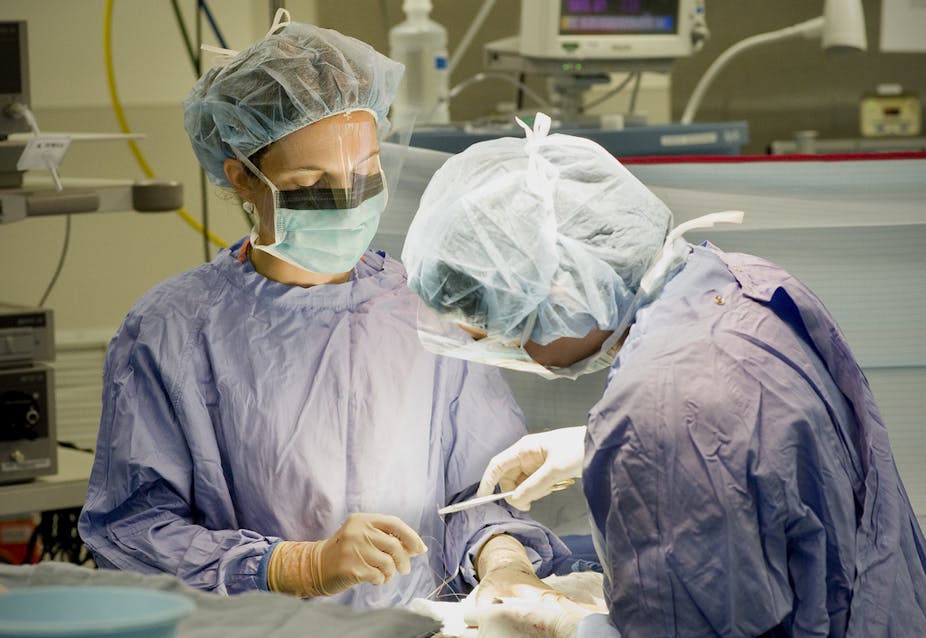Regenerative medicine, where soft tissues, organs or bone are extended or regrown is an increasingly exciting field. Examples of work being done include bone grafting or growing a patient’s own cells in the laboratory and then re-implanting them onto a wound bed to help it heal. Or how about regeneration of the trachea, the cornea, nervous tissue, the human finger, the liver, and even the male urethra?
While some regenerative treatments are already happening, others, such as lab-engineered liver cells, have the potential to change lives if they can be developed further.
And given that we will live longer than previous generations (and so will future generations after us) and that we deteriorate with age, regenerative medicine aimed at renewing ageing bodies could also be used to increase our quality of later life.
It all adds up
Regenerating soft tissue requires the use of materials such as biodegradable polymers that can be made into structures similar to the human tissue. This material acts as scaffolding for the cells to grow into and produce the matrix to heal the injured site. It is like rebuilding a house. The scaffolds (the materials) are put in place so the builders (our cells) can lay the bricks down and rebuild the house (our damaged tissues).
So the choice of the material, the manufacturing technique and how it is implanted are all very important to how successful regeneration of a particular tissue will be. However, the smarter the biomaterial is, the more expensive it will be. The high cost of these technologies comes from the expense of researching and developing the material and/or manufacturing and marketing costs – and companies who invest large amounts of money expect a reasonable return. The more the sophisticated the material, the more research goes into it and the more expensive it will be. Then the final step in this process is approval by regulatory bodies for their medical suitability.
Big potential
So although it is in everybody’s interest to develop these materials, who is going to pay for it? Private companies might develop the technology but in countries like the UK, for example, where the NHS is publicly funded, is it affordable?
This may prove difficult as the ageing population increases. In the long run, governments will have to ensure that these new expensive technologies are available. While scientists and bio-engineers are driven to design better solutions, everyone will need to make these technologies more affordable and more efficient.
One way that this might happen is through smarter technologies that help to reduce the follow up costs of repeated surgeries and care. And if the costs are manageable, just think what we might see in the future: imagine if those liver cells could be grown and “off-the-shelf” livers were transplanted rather than coming from an organ donor; or what about replacing skin straight after a burn, without waiting for it, or having to come back to the hospital for revision surgeries? Or the possibility of restoring vision after just one operation?
More possibilities include trauma scenarios like the need for nerves, tendons or ligaments after accidents where nerves are crashed and tendons and ligaments are ripped. Then there are cancer patients, where a big piece of tissue – such as a big chunk of bone – may be needed because it has been removed to eradicate a cancer. In the future, removal of cancer could be more manageable and cost effective if tissues are readily available in hospital.
These and more opportunities can be tackled by regenerative medicine and why it continues to be such an important field in medicine.

